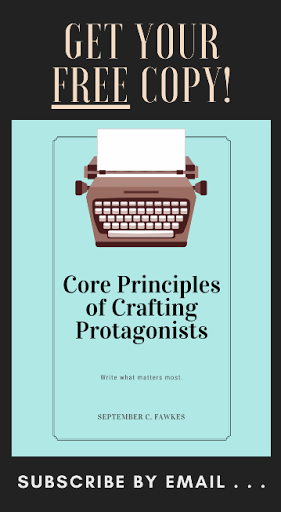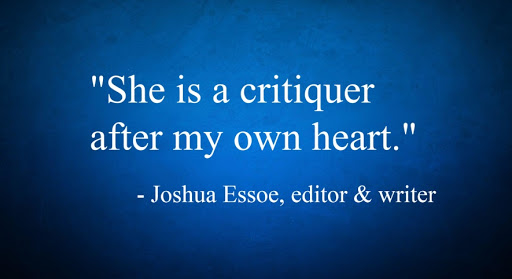Over the last couple of years, I've been thinking a lot about coping and how to cope better. We are all going to have difficult times in our lives, but how we cope has a huge impact on the quality of our lives.
I used to have bit of a problem with the concept that we can choose to be happy. I believed it, to an extent, but I've had some depressing moments in my life, and I wasn't sure I bought the idea that we could just choose to be happy and we would be. Whenever I heard the phrase "Choose to be happy," I pictured it like turning on a light by flipping a switch. You make the decision, and voila! You're happy!
Through experience and observation, I came to the conclusion that "light-switch" happiness is more like faking happiness. It's like that adage, "Fake it till you make it!" And while I think that can help on some level to some extent, I feel like that perspective is more like putting on a mask of happiness rather than being genuinely happy. It's like burying your other emotions and problems by slapping on a false smile. Not only can it be unhealthy, but it doesn't solve the source of your unhappiness.
I have since learned that the phrase "Choose to be happy," isn't actually anything like flipping a light switch. Choosing to be happy means choosing how to react. Really, it's about choosing how to cope. We can choose to cope in constructive ways or destructive ways.


















